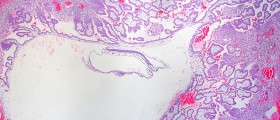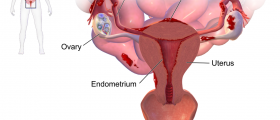
Some women have no symptoms at all. For those who are trying to get pregnant, infertility is often one of the first indicators of hydrosalpinx. Other women do have constant or intermittent pelvic pain. It is often difficult to pinpoint exactly where pelvic pain originates from, without a proper diagnosis. Pelvic pain can also be caused by a wide variety of other conditions including endometriosis, an ovarian cyst, or an ectopic pregnancy. Hydrosaplinx can be diagnosed through ultrasound or a special procedure called a hysterosalpingogram that uses contrast fluids to look at the situation inside the fallopian tubes. This procedure is usually combined with antibiotics. A laparoscopy is another option.
There are several treatment options. These include surgery to remove the fluid from the tube through an incision, or the total removal of the affected fallopian tube. Because hydrosalpinx decreases IVF success rates, the removal of the fallopian tube may be a suitable option for women with hydrosalpinx who are trying to get pregnant with IVF. The non surgical treatments could be classed as alternative medicine. They include herbal massage, herbal tampons, and fertility yoga. Personally, I am somewhat skeptical that these could work but they may in some cases be worth trying before surgery, which obviously carries its own set of risks.
















Your thoughts on this
Loading...